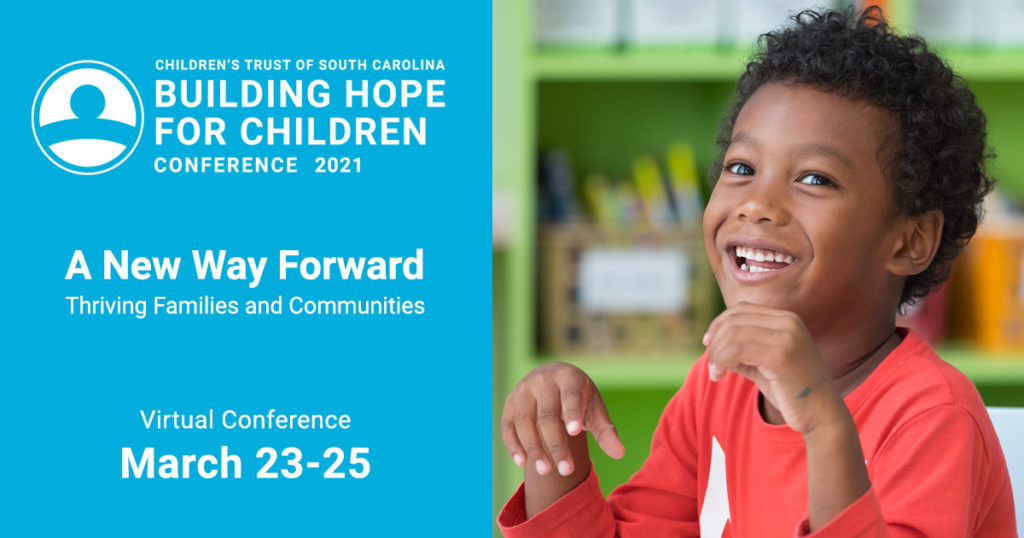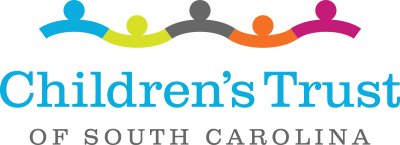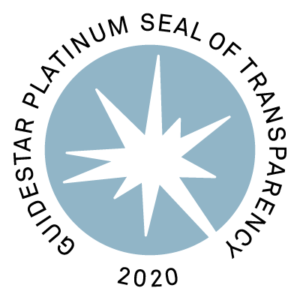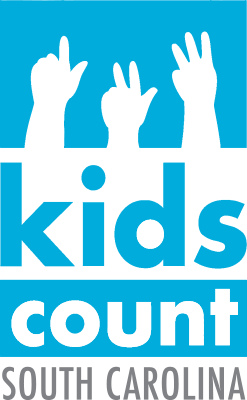Alison Askins, Children’s Trust event planner, explains how the organization had to adapt in staging the recently-completed Building Hope for Children Conference. Due to COVID-19 concerns, the biennial event became an object lesson in how to be flexible enough to adjust to changing circumstances and learn new ways of doing business. In this column, Askins explains the teamwork that went into this effort.

In the summer of 2020, about three months into the coronavirus pandemic and seven months before our scheduled Building Hope for Children Conference in March 2021, I asked the hosting venue about updating our in-person event to one that could also be broadcast. At the start of the summer, I was hopeful that we would be meeting again in person in the coming months, but the planner in me wanted to have a back-up plan just in case.

Alison Askins
Upon receiving the updated audiovisual and software estimate, it became clear that a hybrid-style of event would require planning two events: both in person and virtual. Beyond Zoom and Teams, I wasn’t as familiar with video conferencing technology. I began to research online conference options for groups of 500 to 1,000 people and signed up for any webinars and newsletters I could find on the subject.
As the summer progressed, Children’s Trust started to realize the pandemic was going to last longer than we initially thought, and a completely virtual conference became a very real option. I discussed my research in collaboration with the cross-agency conference planning team to draft a request for proposal (RFP) with the elements and technology support that we wanted to incorporate into a virtual conference platform. Children’s Trust posted the RFP, and targeted emails were sent requesting estimates from software companies with these capabilities.
We received and reviewed 11 proposals, and the estimates ranged from $9,000 to $110,000. Yes, you read that right. Since it was such a burgeoning, in-demand field, and a website platform could be customized to such a great extent, the landscape was all over the place. A review team was assembled to assess the options and select the one that was most reasonable and able to meet our event needs.
After comparing the estimated costs and risks associated with an in-person, hybrid, or virtual event, we decided to go virtual. It was the end of August, and we had six months to pivot, redesign, and deliver our first online Building Hope for Children Conference. Over the next couple of months, my role as event planner changed from the logistics management of registration, staging, catering, meeting room setups, AV, and hotel accommodations to the project management of a virtual conference platform, user technology training, prerecorded video production, and livestream event production.
Because it is harder to energize and connect with the audience virtually, we had to be intentional about incorporating this aspect. This is part of what makes Children’s Trust events special. I researched the many ways this could be accomplished.
For example, we needed to book dynamic and energetic speakers, shorten content, incorporate engagement activities, send a mailed package in advance with conference goodies, and connect through social media. We considered the added value and time cost of ideas and selected which ones to incorporate.
The conference had 492 registered attendees and an 88 percent attendance rate. Our average session rating was 4.7 out of 5. Overall, we considered that a major success. By attending informative breakout sessions and hearing from national keynote speakers, conference participants in the prevention field – who came from seven states, 39 South Carolina counties and 127 organizations – were able to share knowledge about equity and collaboration, make connections, and leave with actionable takeaways to support child and family well-being.
I learned that although the landscape of event delivery changed, the process of event planning remained the same: research options, make a plan, make a back-up plan, and execute the plan. Add a skilled planning team with enough time and flexibility to make changes, and you’ve got yourself a effective event planning process.
Advice for Planning Successful Events
- Form a planning team and delegate roles. Conference planning takes a lot of work. A team approach offers planning committee members the opportunity to contribute their skills to a portion of the conference without overwhelming any one person.
- Start planning early. Event planning always takes more time than anticipated. For a 100-person conference, start planning six to 12 months in advance. For a 500-plus person conference, start planning 15-18 months in advance. Select your date and book your venue first. Then recruit and contract with keynote speakers.
- Do research and get estimates. Research vendors and ideas. Always get at least two estimates for goods and services for comparison. You’d be surprised how varied estimates can be, especially when new trends are on the market.
- Incorporate back-up plans where you anticipate they will be needed. Back-up plans are critical for events planned during hurricane season or when some other type of event may cause cancellation. Back-up plans are also helpful for smaller details, such as a speaker not meeting deadlines or failing to show up on the day of the conference. We prepared Children’s Trust staff as back-up speakers and presenters in case that happened for the Building Hope for Children Conference.



